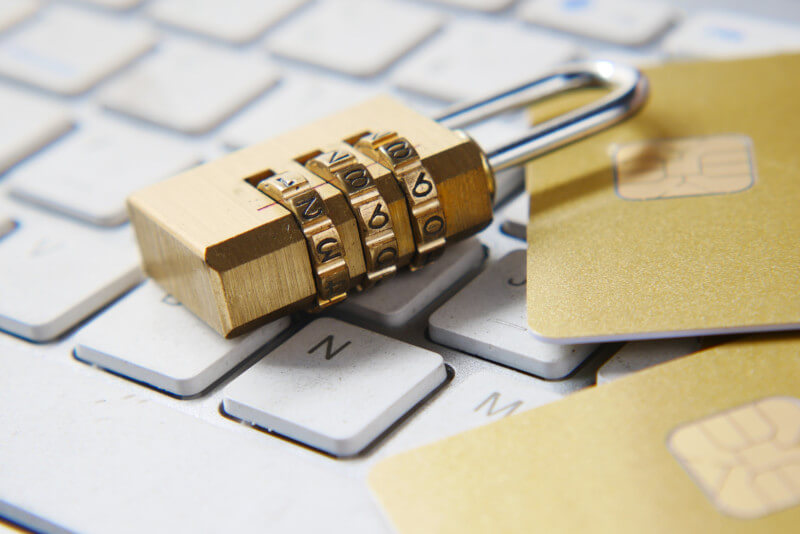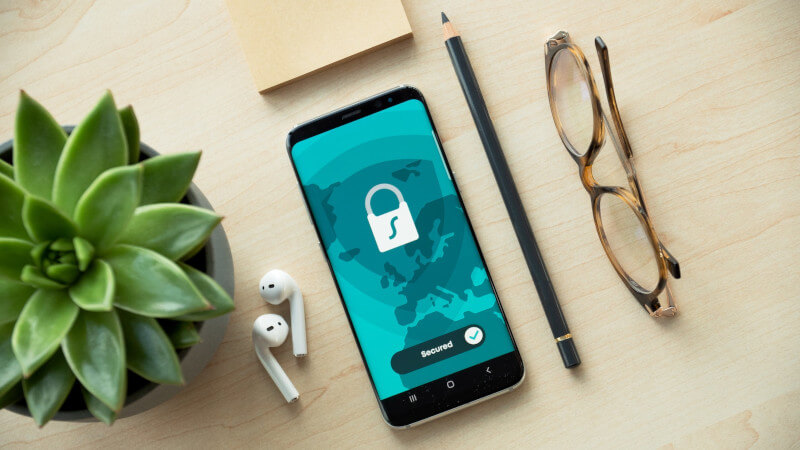The digital revolution has ushered in a new era of convenience in South Africa, transforming how we shop, bank, and interact. However, this shift towards the virtual realm has not been without its challenges. With the proliferation of online transactions, concerns over data security and fraud are more pertinent than ever.
The Essentials of Secure Transactions
Secure transactions are the cornerstone of digital confidence. They rely on a combination of sophisticated technologies and processes, each designed to safeguard your data and money.
SSL Certificates: Secure Socket Layer certificates are a standard security protocol. They encrypt the data exchanged between a user’s browser and the website, protecting it from interception. Secure Socket Layer (SSL) certificates have an unassuming name but perform a vital role in digital security. Think of them as virtual passports or IDs for websites. They provide essential information about the site and its owner while also ensuring that all the data sent between the user and the website remains private and secure. Even more intriguing is the SSL’s process of asymmetric encryption. It uses two different yet mathematically linked keys: a public key to encrypt data and a private key to decrypt it. This technique adds another layer of security, making it virtually impossible for cybercriminals to decrypt the data without the corresponding private key.
Two-Factor Authentication: This security measure requires users to verify their identity in two ways – usually something they know (like a password) and something they have (like a phone receiving an SMS code). Two-Factor Authentication (2FA) is akin to a double-check system, adding an extra layer of security to the authentication process. Beyond just passwords and security questions, 2FA also uses information that is physically accessible to the user. This could be an SMS verification code, a fingerprint scan, or even a facial recognition check. The beauty of 2FA lies in its dynamism. For instance, in the case of an SMS code, even if a hacker obtains your password, they would need physical access to your mobile device to receive the unique, time-sensitive code. The versatility of 2FA methods provides users with various ways to protect their accounts better, further fortifying their digital security.
Secure Payment Gateways: Trusted payment gateways like PayFast, PayGate, and PayPal adhere to international security standards, providing an additional layer of protection for your transactions. Secure Payment Gateways are the unsung heroes of online transactions. Platforms like PayFast, PayGate, and PayPal function as intermediaries, facilitating transactions between buyers and sellers. But what makes them so secure? Secure payment gateways use advanced encryption technologies to safeguard sensitive information such as credit card numbers and account details. Additionally, they implement sophisticated anti-fraud measures to detect suspicious activities, reducing the likelihood of fraudulent transactions. For example, PayGate uses a feature called Dynamic 3D Secure, an advanced security measure that assesses the risk level of transactions in real-time and prompts for additional authentication for high-risk transactions only. This ensures a smooth user experience without compromising security. Interviewed on the subject, Naledi Sithole, a cybersecurity expert, comments, “Combining these layers of security helps ensure that online transactions are safe from threats such as data breaches and identity theft.”
Recognising the Signs

Part of ensuring secure transactions involves knowing how to identify a secure website. Key indicators include:
HTTPS Protocol: A secure site will use the HTTPS protocol instead of HTTP, indicating data sent to the site is encrypted.
Padlock Symbol: The padlock symbol in the URL bar is a universal sign of a secure website.
Certificate Details: Clicking the padlock symbol will display the site’s security certificate details, providing additional proof of its security credentials.
Be Proactive: Personal Measures for Safe Practices
While technology plays a significant role in securing transactions, personal practices can substantially enhance your safety online.
Secure Networks: Ensure that you only carry out transactions on secure, private networks, rather than public Wi-Fi which can be susceptible to cyber threats. Secure networks act as invisible guardians, safeguarding our online activities from potential cyber threats. When we say “secure networks,” we’re typically referring to private networks that are password-protected and have robust security measures in place. But what about public Wi-Fi? While convenient, public Wi-Fi can be likened to a communal gathering – everyone’s invited, including potential cybercriminals. They can intercept data transmitted over unsecured networks, stealing sensitive information like credit card details and passwords. Therefore, it’s vital to avoid performing transactions on public Wi-Fi. If necessary, use a Virtual Private Network (VPN) for an added layer of security.
Device Updates: Regularly updating your devices ensures you benefit from the latest security patches. It’s easy to overlook device updates as mere introductions of new features or aesthetic changes. However, these updates often contain crucial security patches that fix vulnerabilities in software. These vulnerabilities, if left unaddressed, can serve as open doors for hackers to infiltrate your device. Therefore, by regularly updating your devices, you’re essentially reinforcing the walls of your digital fortress. It’s like a game of cat and mouse between software developers and hackers, with regular updates keeping your device one step ahead.
Monitor Transactions: Regularly checking your bank and credit card statements helps you spot any unusual activity swiftly. Much like how a regular health check-up can detect diseases early, regularly checking your bank and credit card statements can help spot suspicious transactions. In the digital age, it’s not uncommon for small, unauthorized charges to go unnoticed. By regularly monitoring your statements, you become familiar with your spending patterns and are more likely to spot anomalies. This proactive approach allows for swift action – contacting your bank, cancelling cards, and potentially preventing further unauthorised charges. Thuli Mokoena, a frequent online shopper, advises, “Awareness and vigilance are crucial. I always make sure to keep my devices updated and continuously monitor my bank statements.”
Responding to Fraudulent Transactions

In unfortunate cases where a fraudulent transaction occurs, swift action can limit the damage.
Contact Your Bank: If you suspect fraud, your first action should be to contact your bank or credit card provider. They can help secure your accounts and initiate any necessary investigations.
Change Your Passwords: If your account has been compromised, it’s prudent to change your passwords immediately, starting with your email and bank accounts.
Report: It’s important to report any fraudulent activity to local authorities to aid their cybercrime prevention efforts.
Preempting Online Fraud
In one instance, Sandile Khumalo, a South African user, noticed a transaction he didn’t recognise on his bank statement. “I saw a purchase from an online store I’d never used,” he recounts. Acting swiftly, he contacted his bank, who confirmed the transaction was indeed fraudulent. His quick action allowed his bank to halt the payment and initiate a thorough investigation. His story emphasises the importance of vigilance and rapid response in ensuring the safety of online transactions.
South Africa’s digital landscape, like its vibrant biodiversity, is complex and evolving. Ensuring secure online transactions is a collective effort, requiring robust security measures, informed internet users, and responsive institutions. By understanding and applying the principles discussed here, South Africans can navigate the digital marketplace with confidence, reaping the benefits of online transactions while minimising the risks.
